Native Chesapeake plants and their picky pollinators
Learn more about the specialist pollinators that call the Bay region home
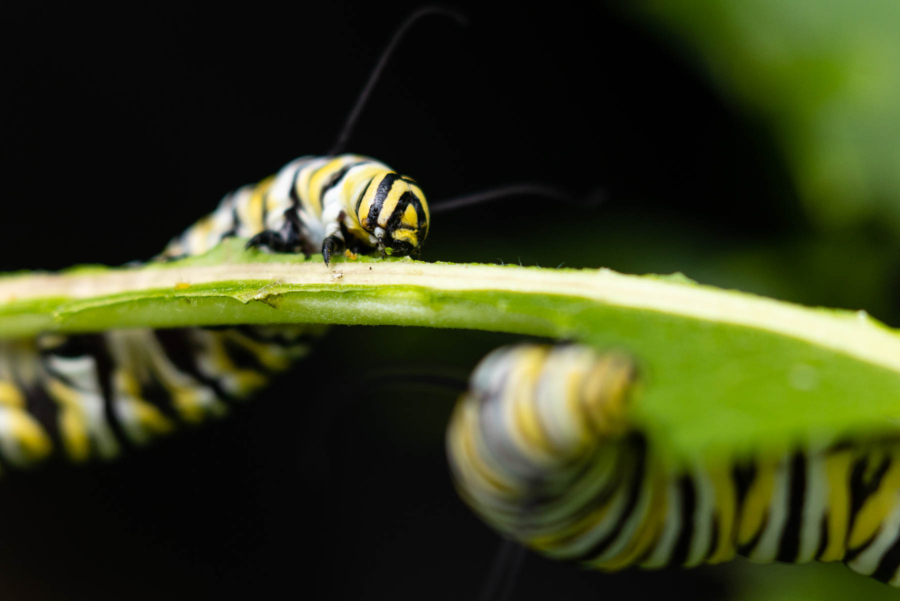
Insects, like humans, can be picky about what they eat. Different caterpillar species often prefer eating the leaves of a certain plant, known as their host plant, while specific bees, butterflies and hummingbirds selectively target certain kinds of flowers to get nectar from.
Known as specialists, these insect species have a mutually beneficial relationship with the plants where both of them are needed to thrive.
The problem is, many native plants have been crowded out of our forests and wetlands or left out of people’s gardens. The result is less habitat for specific pollinators. If you want to help local wildlife, while attracting some unique—and in some cases, endangered—species to your yard, here are a few plants and pollinator combos to focus on.
Virginia Spring beauty and Spring beauty bee
As hungry larvae from the spring beauty miner bee begin developing inside of their nest, they almost exclusively feed on pollen taken from spring beauties. Females gather pollen from the flowers and package them into balls that they stuff into the part of the beehive where larvae live. Larvae consume the pollen, and emerge from the nest as adults in early spring, at the same time the spring beauties start to blossom. In the Chesapeake region, the native spring beauty is the Virginia spring beauty, which boasts beautiful soft pink flowers and can work well in a yard or garden.
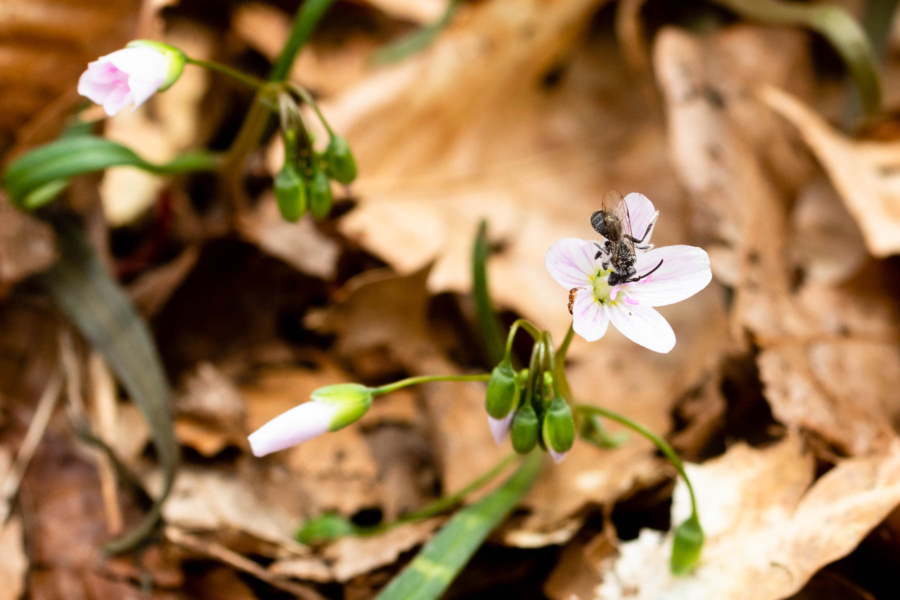
Rose-mallow bee and hibiscus plants
When male rose-mallow bees are ready to mate, they rest on hibiscus flowers and wait for foraging females to stop by, aggressively fending off any other bees that come close. That’s because rose-mallow bees almost exclusively feed on hibiscus flowers, like the native rose mallow. This plant prefers marshy areas so it might not be a good choice for a typical yard or garden, but it can be great for properties near the water. The rose mallow is mostly found in the coastal plain of Maryland and Virginia and the upper Piedmont Valley.
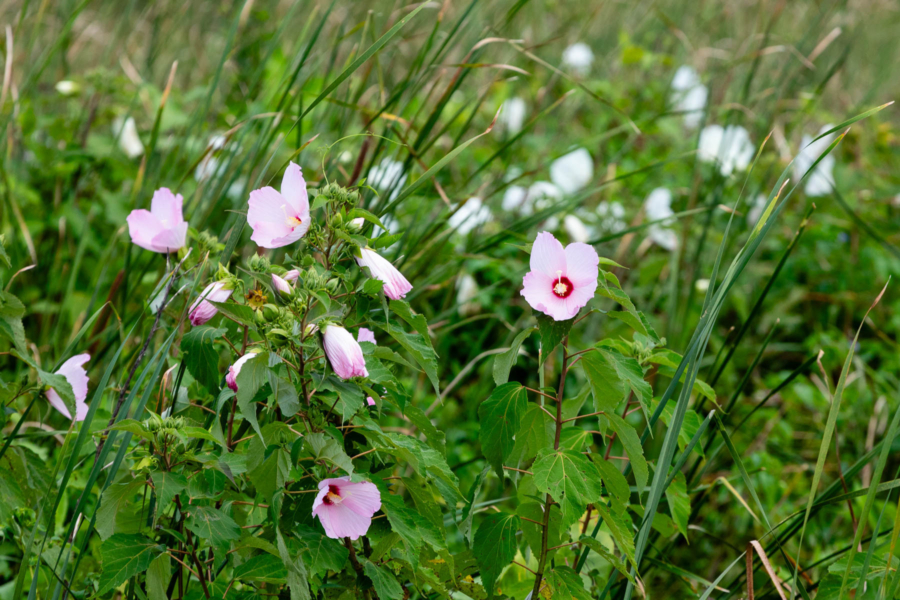
Cardinal flowers and ruby-throated hummingbirds
Ruby-throated hummingbirds are one of the best pollinators of the native cardinal flower, especially in areas where few other effective pollinators exist. The hummingbird's long beak and head shape are perfectly adapted for accessing the nectar in the tube-shaped flowers. Some bees will bite through the bottom of the flower to extract nectar, which means that they avoid touching the pollen and therefore do nothing to help spread it. On the other hand, ruby-throated hummingbirds collect pollen while they extract the nectar and then spread that pollen around.
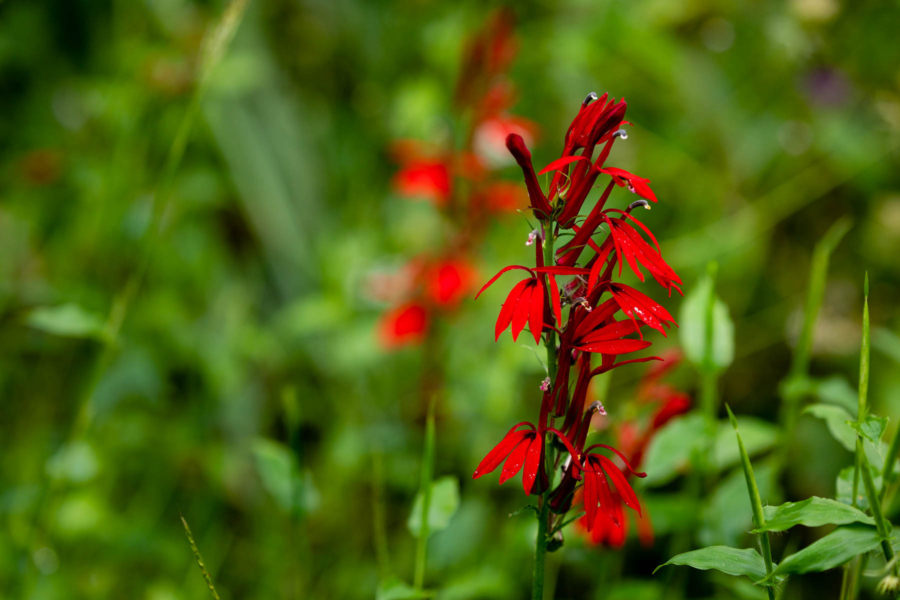
Monarch butterflies and milkweed
While milkweed contains a toxin that makes most insects sick, it is the only thing that monarch butterfly caterpillars eat. The plump, yellow, white and brown-striped caterpillars have a mutation that allows them to tolerate the toxin in milkweed, and it even makes them unpalatable to most predators. Monarch butterflies therefore will rarely lay eggs on anything but milkweed. To help monarch butterflies, which are on the endangered species list, plant plenty of native common milkweed (Asclepias syriaca L.) in your yard. Pink or orange flowers bloom in the summer and fluffy seed pods burst open in the fall and winter.
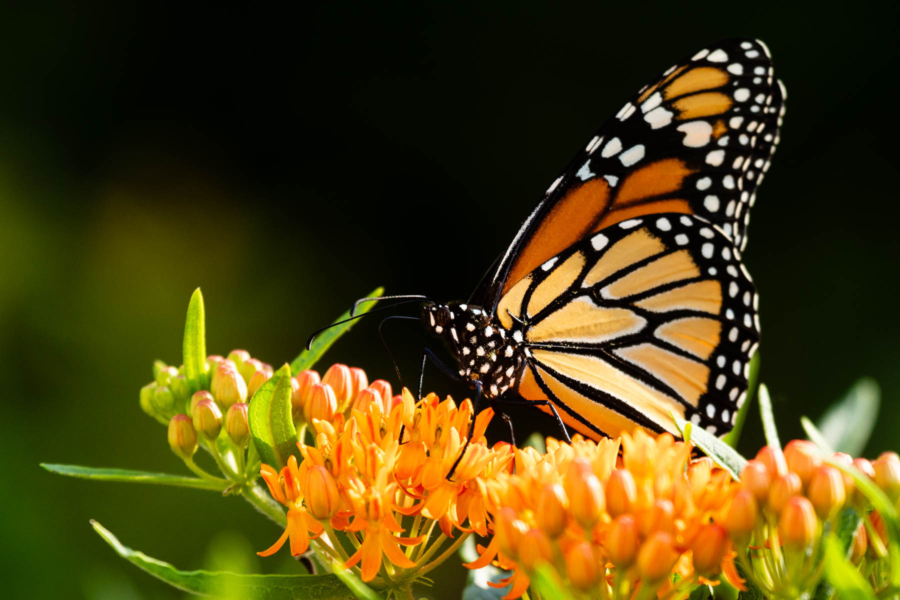
Baltimore checkerspot and white turtlehead
Like monarch caterpillars, Baltimore checkerspot caterpillars try to make themselves as unappetizing to birds as possible. The butterfly’s caterpillars feed almost exclusively on white turtleheads because they contain a chemical that makes the caterpillars taste bad to birds. As the Virginia Native Plant Society’s 2024 Wildflower of the Year, white turtlehead is an important plant that is needed to support our local Baltimore checkerspot population. Home gardeners can try planting white turtlehead in moist areas.
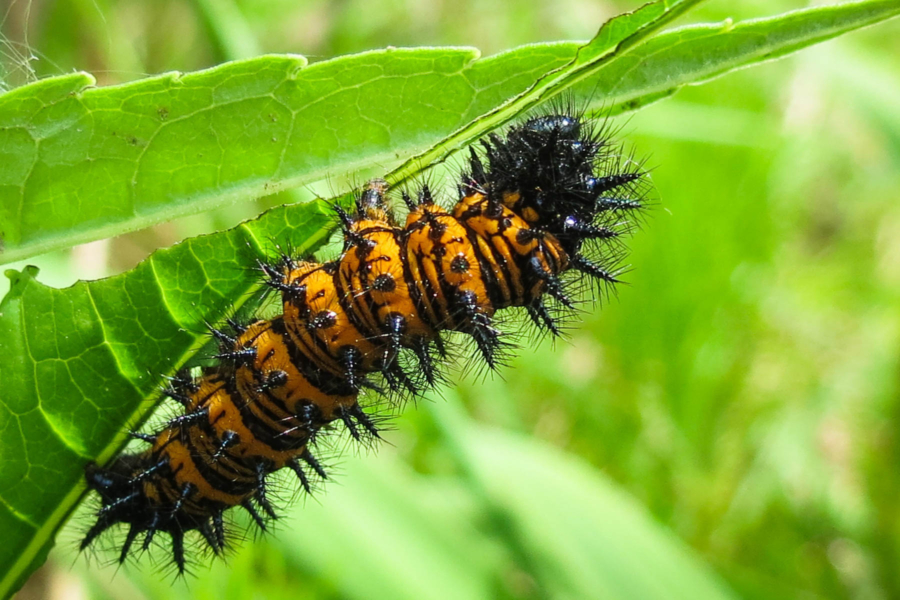
Zebra swallowtail and paw paw tree
If you plant a pawpaw tree in your yard, you not only get tasty local fruit to eat, but may see some zebra swallowtail visitors as well. The caterpillar of this beautiful black and white striped butterfly feeds mostly on pawpaw leaves, which contain a toxin that helps to fend off predators. Like zebra swallowtails, pawpaw trees are native to the Chesapeake Bay region and are an important food source for a variety of insects and birds.
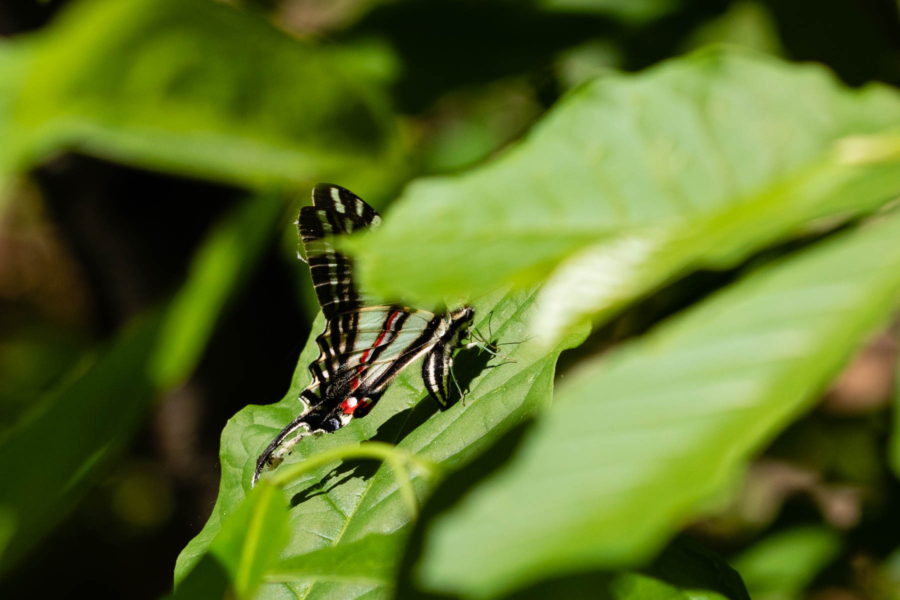
Fritillary butterflies and common violet
Fritillary butterflies might look similar to monarch butterflies, but their caterpillars have a different preference in plants. Fritillary butterfly caterpillars eat mostly common violet, which means females only lay their eggs on this plant. Females have a unique ability to locate violets from miles away and will lay as many as 2,000 eggs. Common blue violets are native to the Chesapeake and perform best in light shade with medium moisture, well-drained soils.
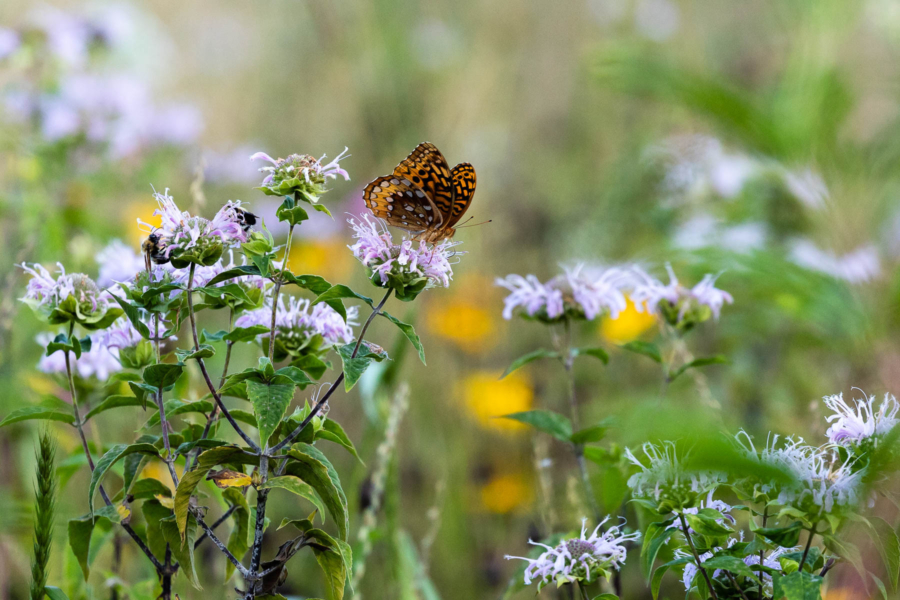
Numerous other specialized relationships exist between pollinators and caterpillars and the plants they count on. If you have any host plants in your yard or are familiar with other specialist pollinators, let us know in the comments!

Comments
There are no comments.
Thank you!
Your comment has been received. Before it can be published, the comment will be reviewed by our team to ensure it adheres with our rules of engagement.
Back to recent stories